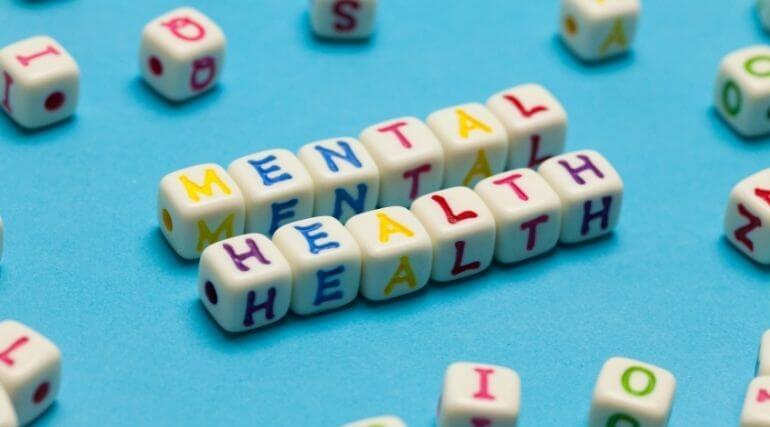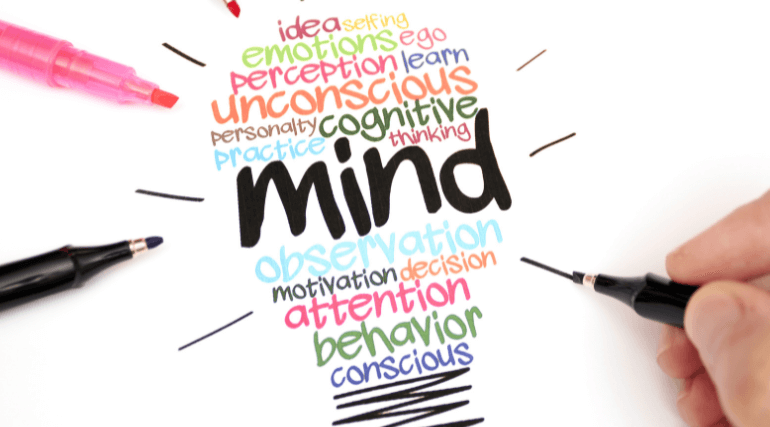Benefits Of Physical Activity And Sports On Mental Health
People in today's society are addicted to electronic devices and prefer to sit on their phones or other electronic devices 24 hours a day, seven days a week. Diseases are developing on a regular basis as individuals abandon exercise and other practices that would keep their bodies healthy.
Health is an important aspect of existence. If a person had money but no health insurance, they would spend it all on medical treatment. We are all aware of the benefits of following a balanced diet and exercising on a regular basis for our general health. To increase your quality of life, consume a well-balanced diet and exercise five times a week for 30 minutes each time. However, your daily habits, such as team sports participation and regular exercise, have an impact on more than just your physical health. Your mental health is also affected.
Let's look at the psychological advantages of sports and how athletics influence people of all ages.
Benefits of sports on mental health
Exercising has numerous benefits for your overall health and well-being, including increased energy levels throughout the day. Exercise also has some benefits for relieving stress directly.
It boosts your endorphin levels.
Physical activity may aid in the creation of endorphins, the brain's feel-good chemicals. Although a runner's high is commonly associated with this function, any aerobic exercise, such as a rollicking game of tennis or a nature trek, can provide a similar sensation.
It reduces the detrimental impacts of stress.
Exercise can help your body cope with stress by simulating the impacts of stress, such as the fight-or-flight response, and allowing your body and systems to practice working together to overcome those effects. This can also have beneficial consequences for your health, such as protecting your cardiovascular, digestive, and immunological systems from the negative impacts of stress.
The act of meditation in motion
You may discover that after a fast-paced game of racquetball, a lengthy walk or run, or many laps in the pool, you've forgotten about the day's irritations and are just focused on your body's actions.
You may discover that focusing on a single job, and the ensuing energy and optimism will help you stay calm, clear, and concentrated in everything you do as you begin to consistently shed your daily stresses via movement and physical activity.
Enhances the overall mood
Regular exercise can boost your self-esteem, enhance your mood, help you relax, and alleviate minor depression and anxiety symptoms. Exercise can also help you sleep better, which can be hampered by stress, depression, and worry. All of these workout advantages can reduce stress and give you a sense of control over your body and life.
Straight-up links between physical activity and mental health disorders
It's not simply about aerobic ability and muscular mass when it comes to exercise. Yes, exercise may enhance your physical health and physique, help you lose weight, improve your sexual life, and even add years to your life. However, most people are not motivated to keep active by this.
People who exercise on a regular basis do so because it makes them feel really good. They are more active throughout the day, sleep better at night, have better memory, and are more calm and optimistic about themselves and their life. It's also an effective treatment for a variety of mental health issues.
Physical activity and depression
Exercise has been shown in studies to be as helpful as antidepressant medication in treating mild to moderate depression—without the adverse effects, of course. For a variety of reasons, exercise is an effective antidepressant. Most significantly, it encourages a variety of brain changes, including neuronal development, decreased inflammation, and new activity patterns that boost sensations of calm and well-being. It also produces endorphins, which are potent chemicals in your brain that boost your mood and make you feel happy. Finally, exercise can work as a diversion, allowing you to find some quiet time to interrupt the loop of negative thoughts that contribute to sadness.
Physical activity and anxiety
Exercise is an anti-anxiety treatment that is both natural and effective. The production of endorphins reduces tension and stress, increases physical and mental vitality, and improves overall well-being. Anything and everything that makes you move can assist, but paying attention rather than zoning out will provide a greater benefit.
Try to pay attention to the sensation of your feet striking the ground, the rhythm of your breathing, or the feel of the wind on your skin, for example. You'll not only improve your physical condition faster by adding this mindfulness element—really focusing on your body and how it feels when you exercise—but you'll also be able to break the flow of incessant anxieties going through your thoughts.
Physician activity and stress
Have you ever observed how your body reacts to stress? Your muscles, particularly those in your face, neck, and shoulders, maybe stiff, causing back or neck discomfort, as well as unpleasant headaches. You may have chest tightness, a hammering pulse, or muscular cramps. Insomnia, heartburn, stomachaches, diarrhea, or frequent urination are all possible side effects. All of these physical symptoms can cause anxiety and pain, which can lead to even more stress, creating a vicious loop between your mind and body.
Exercising is a good way to get out of this rut. Physical activity helps to relax the muscles and release stress in the body, in addition to producing endorphins in the brain. Because the body and mind are so intertwined, when your body feels better, your mind will as well.
Physical activity and ADHD
Regular exercise is one of the most simple and effective strategies to alleviate ADHD symptoms and improve focus, motivation, memory, and mood. Physical exercise raises dopamine, norepinephrine, and serotonin levels in the brain, all of which impact concentration and attention. Exercise acts in a similar way to ADHD drugs like Ritalin and Adderall in this regard.
Physical activity and PTSD and trauma
Evidence shows that focusing on your body and how it feels when exercising will assist your nervous system is being "unstuck" and moving out of the immobility stress reaction that defines PTSD or trauma. Instead of allowing your mind to wander, focus on the physical sensations in your joints and muscles, as well as your insides, while you move your body. Cross-motion exercises that work both arms and legs, such as walking (particularly in sand), jogging, swimming, weight training, or dancing, are among the best options.
Hiking, sailing, mountain biking, rock climbing, whitewater rafting, and downhill and cross-country skiing (both downhill and cross-country) have all been demonstrated to help with PTSD symptoms.











